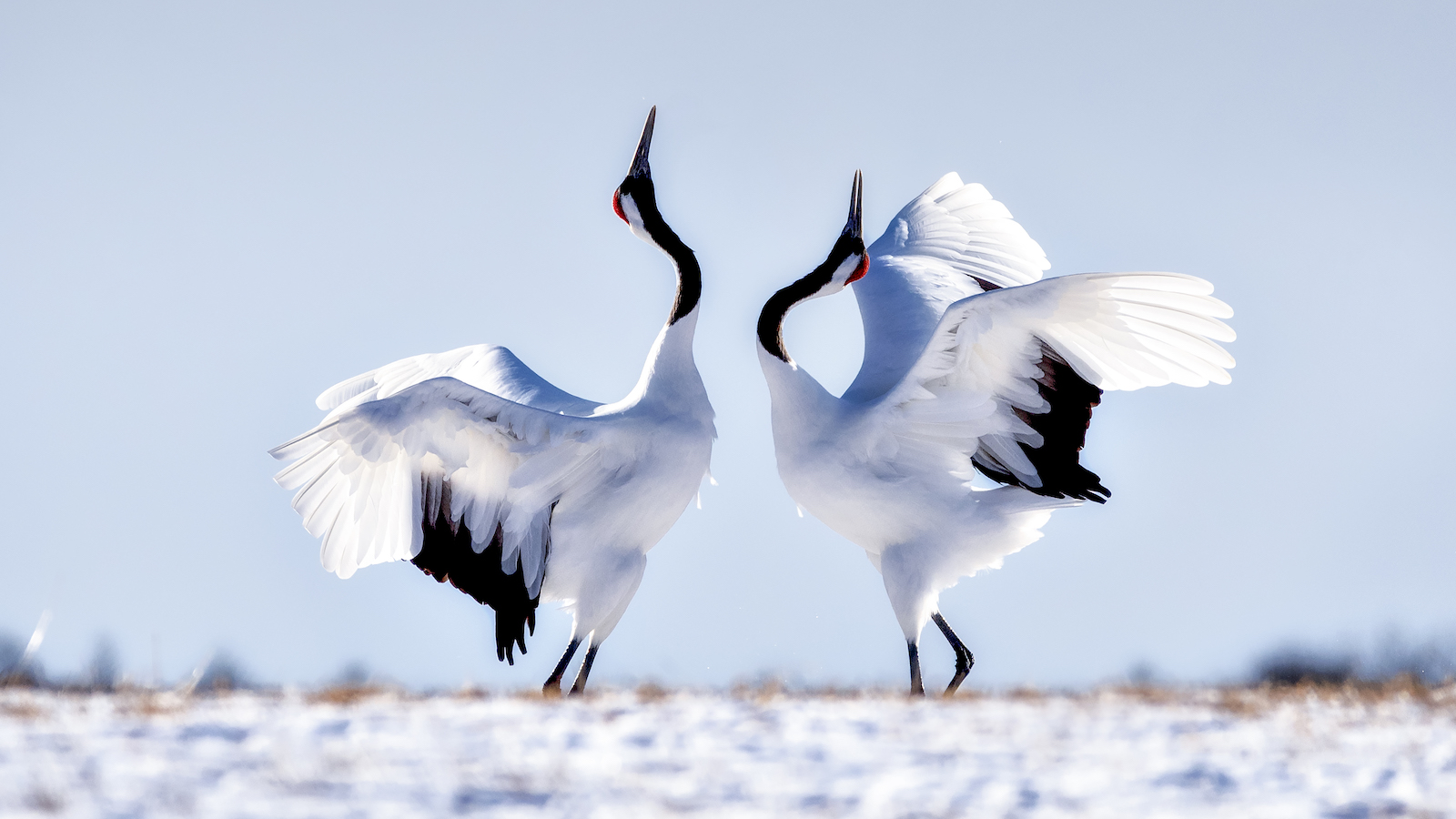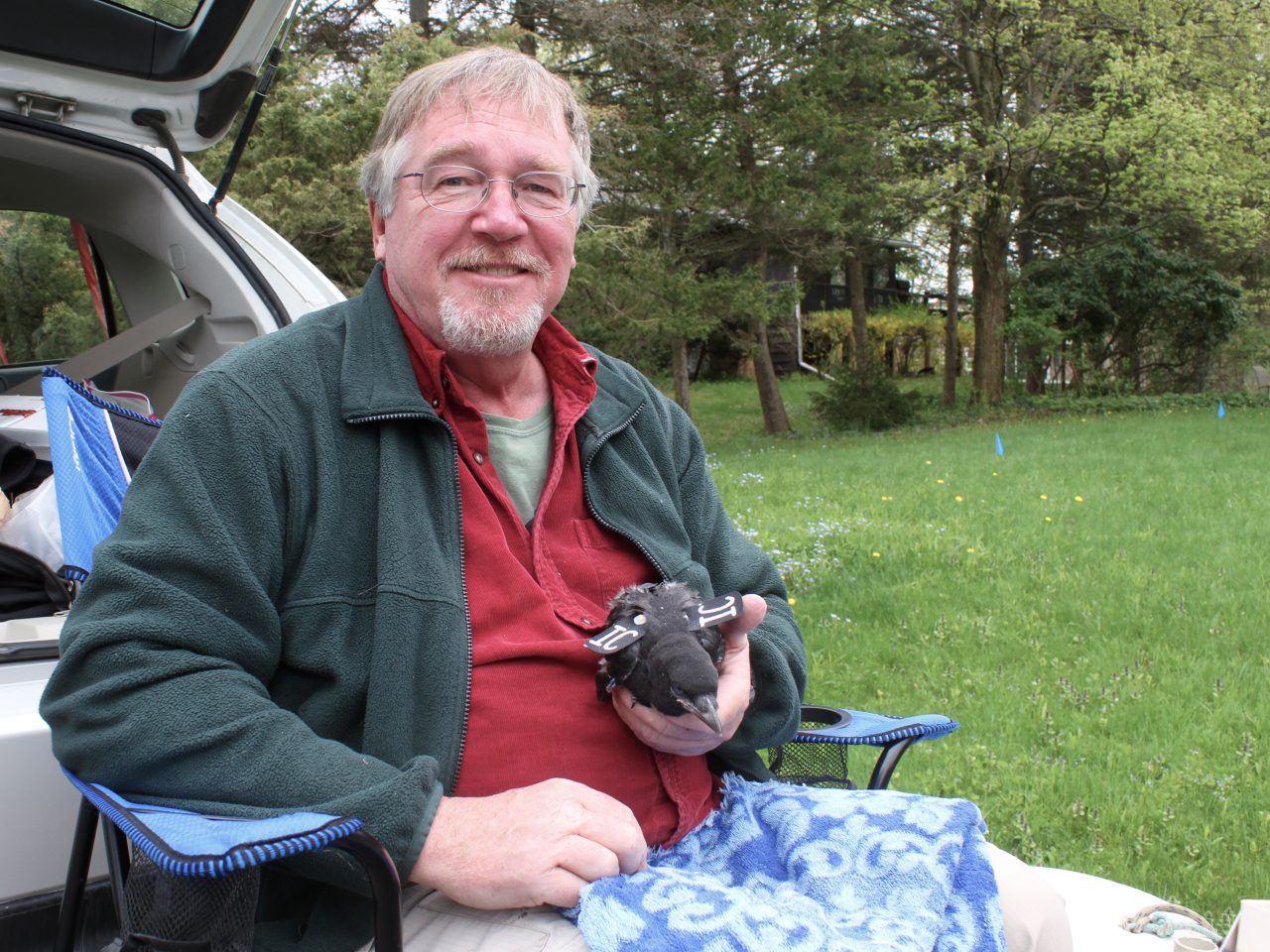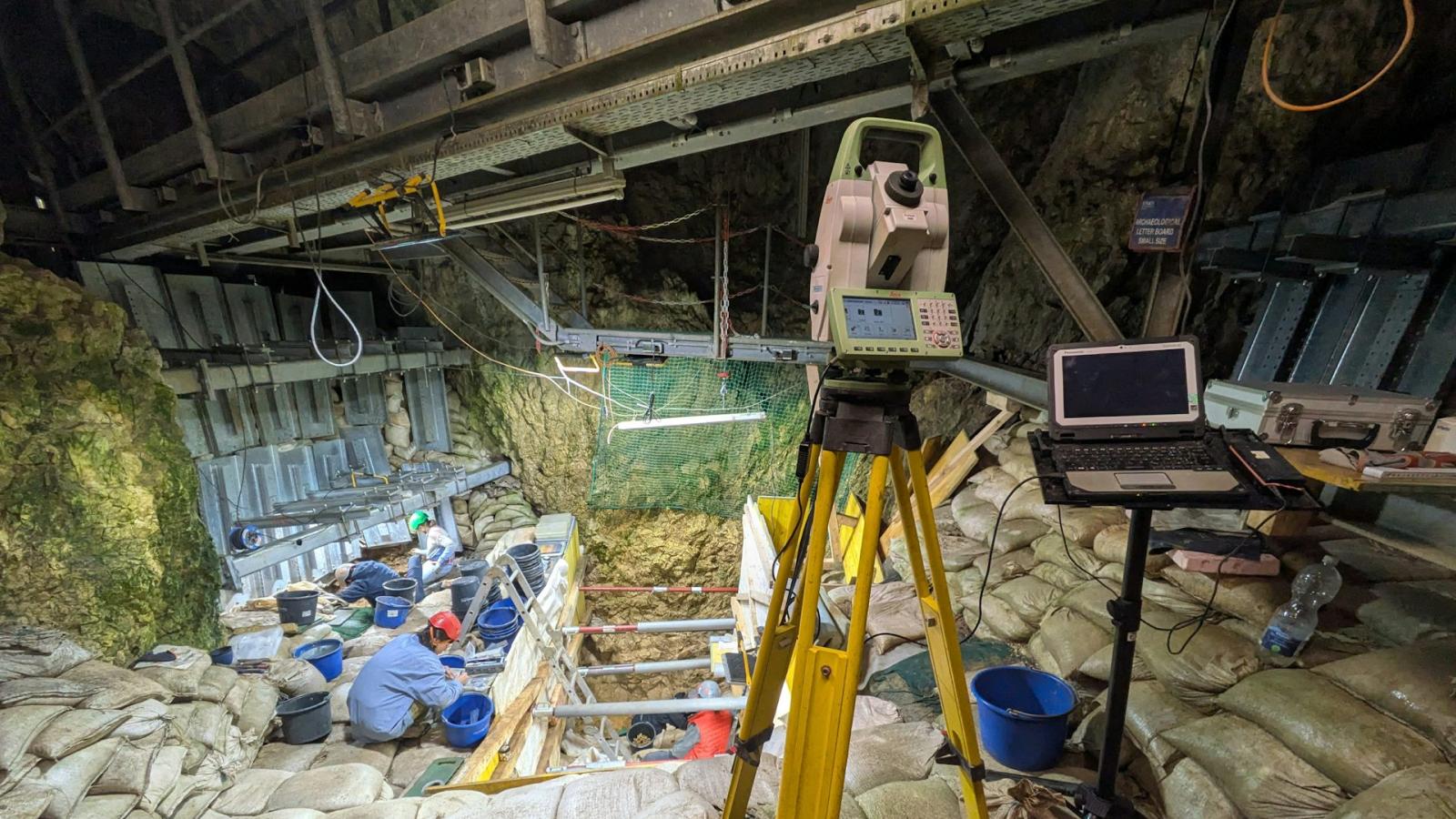Animal sex: How birds do it
Animals have sex in all sorts of weird and wonderful ways. Birds have sex via an internal chamber called a cloaca that is present on both male and female animals.

Sure, birds can fly, but do they have sex? Can they do it in the air? And where do they keep their reproductive organs?
To understand how birds have sex, it is necessary to move beyond preconceived ideas of how other animals have sex — particularly mammals.
"Birds and mammals differ quite a bit in their reproductive anatomy," Kevin J. McGowan, a senior course developer at Bird Academy, Cornell Lab of Ornithology in Ithaca, New York, told Live Science in an email.
"Both have testes and ovaries, but how the eggs and sperm move around is different," he said. "Birds' reproductive tracts, their urinary tracts, and guts all empty into a single chamber that opens to the outside, the cloaca. Female birds have no uterus or vagina, the oviduct empties into the cloaca."
Related: Strange love: 13 animals with truly weird courtship rituals

Kevin J. McGowan is a Senior Course Developer and Instructor for the Bird Academy at the Cornell Lab of Ornithology. At Cornell, he teaches the college-level class "Ornithology: Comprehensive Bird Biology." He has also developed courses such as "Home Study Course in Bird Biology" and the online course "Investigating Behavior: Courtship and Rivalry in Birds." He holds a PhD in biology from the University of South Florida and is the editor of "Second Atlas of Breeding Birds in New York State," (Comstock Publishing Associates, 2008).
Do birds have penises?
Most birds do not have penises. Only a few do, like ostriches and ducks and geese. "And they don't have penises exactly like mammals," McGowan said.
In mammals, both sperm and urine travel through ducts inside the phallus.
That's not the case for the few bird species that have penises.
"It does get erect during copulation, but the sperm travels along its surface to reach the cloaca of the female."
How do male birds fertilize eggs?
During mating seasons, the cloacal openings of both male and female birds swell and stick out from their bodies. During copulation, they rub their swollen cloacas together. The male's sperm, which has been stored in his cloaca, is deposited into the female's cloaca, where it travels up the chamber and eventually fertilizes an egg.
"In most birds the male and female make contact with each other's cloaca, in what is termed a 'cloacal kiss.' Sperm is transferred, and the whole action takes place very quickly," McGowan said.
Though the process of avian insemination is similar to that of humans and other mammals, you won't be seeing a birdie Kama Sutra anytime soon: Birds typically have sex in only one position, according to Ornithology.com. And despite rumors to the contrary, birds don't have sex while in flight.
Usually, the male perches on top of the female, who moves her tail feathers to the side to expose her cloaca. Arching back, the male rubs his cloaca against hers, according to Birdspot.co.uk
How often do birds mate?
Birds vary widely in how many times they copulate per season.
For instance, goshawks (Accipiter sp.) may copulate up to 600 times in a season, according to "Encyclopedia of Animal Behavior, Volume 4" (Academic Press, 2019). In part, this is because the tricky balancing act of the cloacal kiss may not result in fertilization every time, so multiple attempts are necessary to ensure the sperm takes. But another factor is that goshawk males, as birds of prey, may spend many months away from the female hunting. So frequent copulation may dilute or displace rival sperm, increasing the odds that his sperm will fertilize the eggs.
By contrast, the Eurasian skylark (Alauda arvensis) will copulate just one time per clutch of eggs, according to the Birder's Handbook: A Field Guide to the Natural History of North American Birds, First Edition (Touchstone, 1988).
When is mating season for birds?
The length of birds' mating seasons vary a lot. For instance, mourning doves (Zenaida macroura) breed for many months, McGowan said. They may have several broods in that time.
"Others will raise only one brood of young in a year," he said.
Sometimes, birds may mate again when their nest fails. McGowan studies the American crow (Corvus brachyrhynchos). They start nest-building in late March, eggs hatch in April, and young leave the nest by the end of May. If the nest fails in mid-April, crows will try to mate again.
"But, if it fails in mid- to late May, they don't," McGowan said.
That may be because crow young depend on parents for food for about a month and a half after they leave the nest. They follow the parents around for even longer. So, if a nest fails late in the year, "the whole process takes too long to start again."
Do all birds perform mating displays?
Prior to mating, birds engage in many different types of courtship rituals. Some perform dances or death-defying nose-dives, others feather nests for their prospective partners, while still others perform impressive ornithological arias to snag a mate, according to Birdspot.co.uk.
"In some birds the male feeds the female for a while, and she begs like a young bird. You can sometimes see a male Northern Cardinal [Cardinalis cardinalis] at a feeder feeding his begging mate seeds. She could just as easily get her own seeds out of the feeder, but they prefer to do it this way," McGowan said.
And some may do none of these things.
"Not all birds having mating dances or displays before copulation. Birds that remain together in pairs for many years, like crows, do very few displays premating," McGowan said.
Additional resources
Watch fascinating videos of bird mating dances from the Audubon society. Learn more about courtship rituals from the Royal Society for the Protection of Birds. See images of the most unique courtship dances from National Geographic.
Get the world’s most fascinating discoveries delivered straight to your inbox.

Tia is the editor-in-chief (premium) and was formerly managing editor and senior writer for Live Science. Her work has appeared in Scientific American, Wired.com, Science News and other outlets. She holds a master's degree in bioengineering from the University of Washington, a graduate certificate in science writing from UC Santa Cruz and a bachelor's degree in mechanical engineering from the University of Texas at Austin. Tia was part of a team at the Milwaukee Journal Sentinel that published the Empty Cradles series on preterm births, which won multiple awards, including the 2012 Casey Medal for Meritorious Journalism.
- Elizabeth PetersonLive Science



